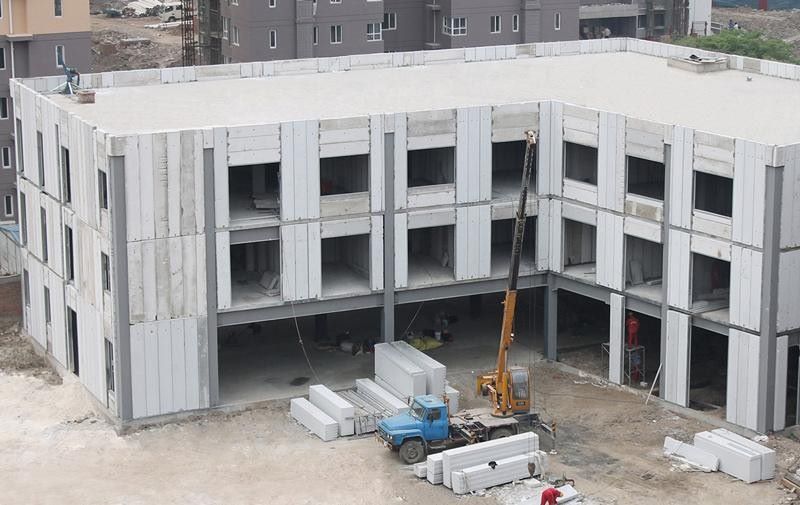Foam concrete is lightweight and environmentally-friendlier than traditional building material
Concrete blocks that float on water sounds like a sci-fi concept — or a construction myth. Yet it’s very real and the technology has been known for more than 100 years.
The ultra-lightweight cement-based blocks that are buoyant, durable, and surprisingly resilient to impact. These blocks aren’t just a novelty — they could reshape how we build everything from homes to infrastructure. So why aren’t they everywhere yet?
The blocks in question are a form of foam concrete, also known as cellular lightweight concrete (CLC). Unlike traditional concrete, which is dense and heavy, foam concrete incorporates air bubbles throughout the mix using a foaming agent — usually a protein- or surfactant-based solution. These bubbles reduce the material’s density while retaining many of concrete’s key characteristics.
More to read:
University of Toronto ordered a wooden tower for classrooms and offices
A paper published almost ten years ago in ResearchGate explains the properties and uses of foam concrete, which is not expensive to make for construction.
Advantages
The basic formula often includes cement or gypsum as a binder, water, foam created by mechanically injecting air, and optional additives like fly ash, fibers, or lightweight aggregates. The result is a highly versatile material with air pockets evenly distributed throughout, which can weigh as little as 300 kg per cubic meter — less than water — and float if cast correctly.
Densities range from 300 to 1,200 kilograms per cubic meter, compared to 2,400 for traditional concrete. At lower densities, it’s light enough to float. This dramatically reduces transport costs and structural load. It also offers excellent energy dissipation, making it suitable for impact zones and protective barriers.
Its porous structure enhances both thermal and acoustic insulation, which is ideal for energy-efficient and soundproof construction.
More to read:
Neom’s dream is crumbling: Financial manipulation, cost overruns, uncertain future
The material is fire resistant as well, capable of withstanding up to five hours of one-sided fire exposure without structural failure. It is easily cast into blocks, panels, or poured in place, and can be tailored with additives to meet different performance goals.
The idea of aerated concrete isn’t new. It dates back to the 1920s with the development of autoclaved aerated concrete (AAC) in Sweden. However, non-autoclaved foam concrete, which doesn’t require high-pressure curing, gained traction in the mid-20th century as a cheaper, more flexible alternative for insulation and void-filling applications.
In recent decades, advances in foaming technology, binders, and additives have dramatically improved foam concrete’s strength, stability, and range of applications — bringing it closer to mainstream construction.

In China, for example, foam concrete buildings (pictured above) are fully authorized and are gaining traction in other countries too, both in the public sector and individual projects.







